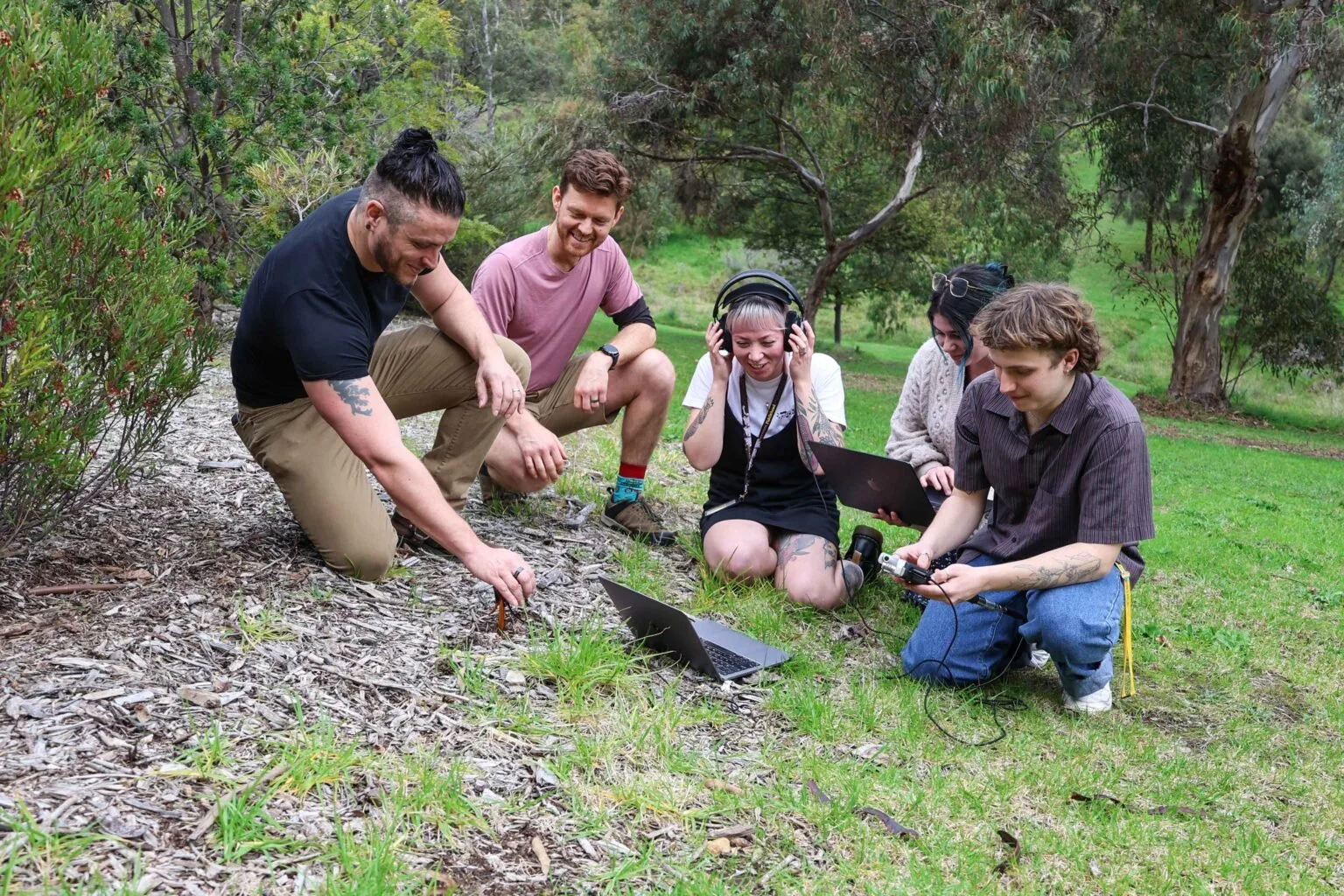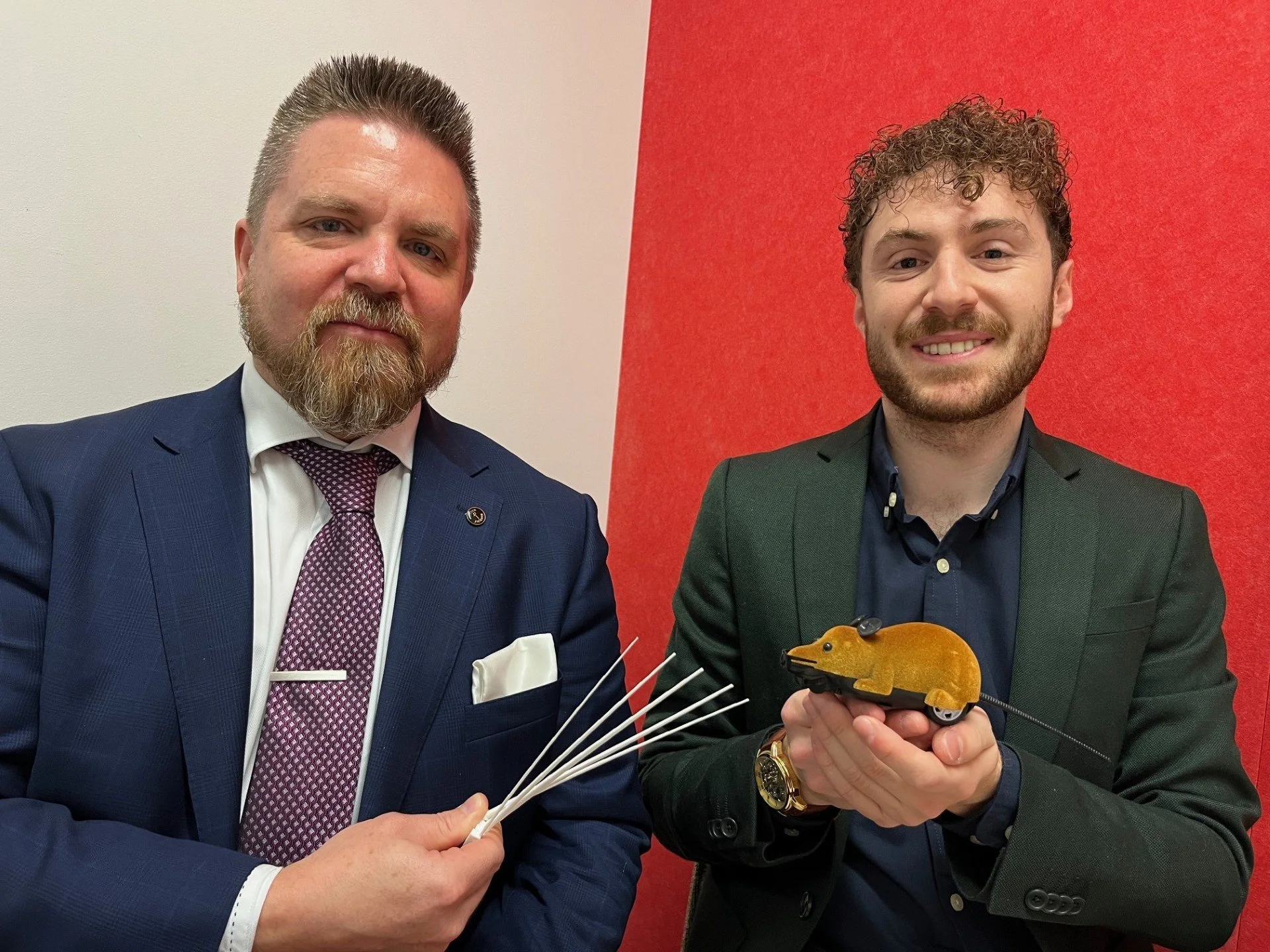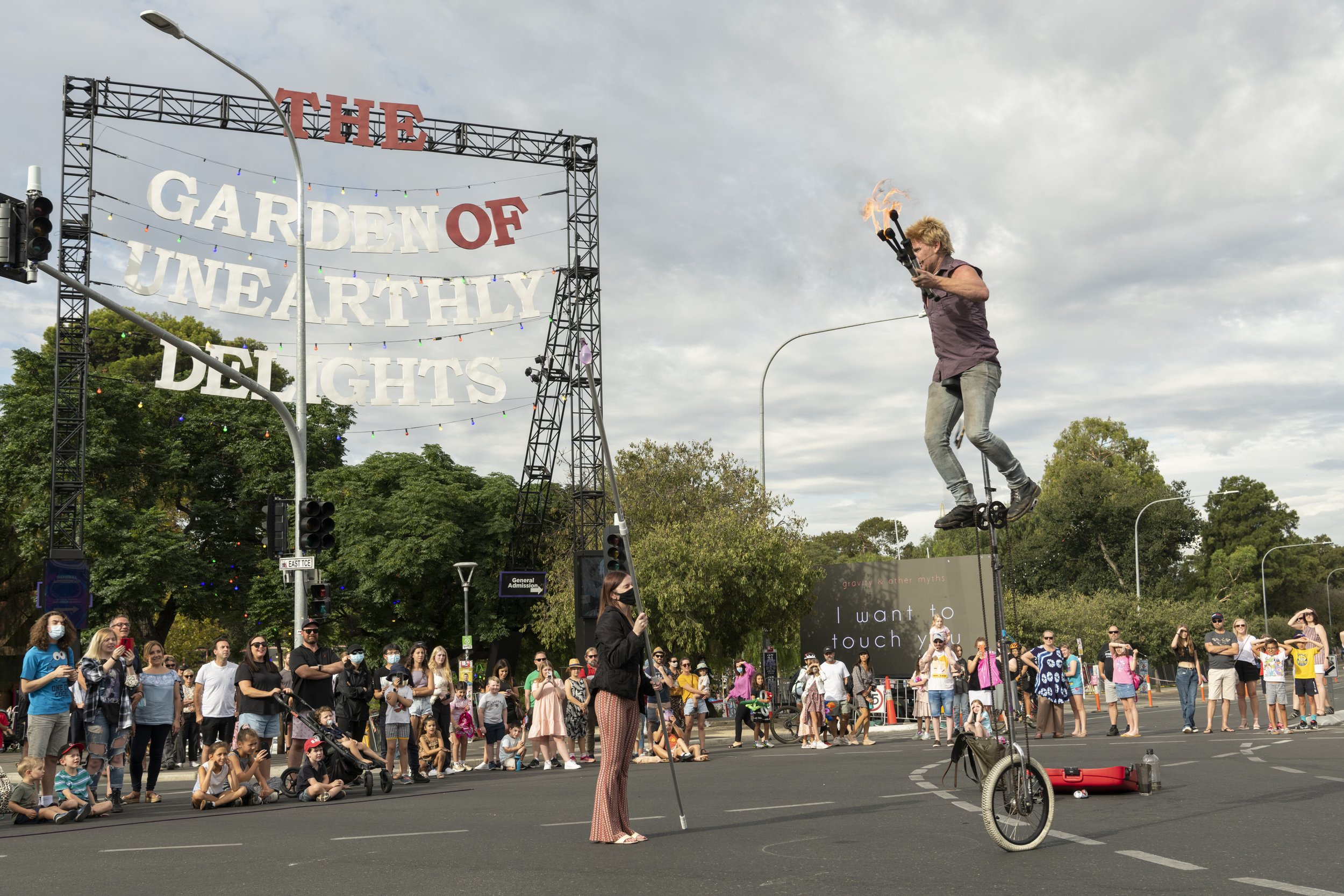Top of the Class: The Sound of Science
Spotlighting the work of Flinders University’s students and staff, from groundbreaking studies to future-shaping ideas
Image Traci Klarenbeek
The Underground Music Scene
Above ground level, music and sounds are a huge part of our given life and ecosystem. Sounds allow us to communicate, assist us in creating art and show signs of life. Flinders University ecologists took this knowledge underground through their recent study, researching soil ecoacoustics - aimed at restoring and monitoring soil biodiversity.
But does soil make sound? According to Flinders University researchers, it does, although barely audible to our human ears. Producing an ‘underground rave’ of clicks and bubbles, healthy soil is a sounding board for the life living within it. Flinders’ ecologists determine through their sound research that a soils soundscape can be a measure of the diversity of living insects, animals and organisms living in it. Amplifying the insects’ underground rave can tell us a lot about the health of the soil.
With 75% of the world’s soil degraded and soil responsible for housing around 60% of Earth’s species, Flinders’ microbial ecologist, Dr Jake Robinson, stresses the dire future of these underground species without active restoration, and need for further soil biodiversity monitoring.
READ MORE: Underground ‘Rave’ a Sign Soil is Happy
Image Getty
Micro-influence, major impact
Ever considered becoming a micro-influencer on social media? Well, recent research from Flinders University digital communications researcher Dr Lisa Harrison reveals it’s a pretty powerful gig – and shows us the steps to become one.
Her book ‘Unpacking Micro-Influence within the Australian Creative Sectors’, provides a comprehensive guide for understanding how everyday people can build influence through social media, while maintaining an authentic brand.
The research marks ‘authenticity’ as a hallmark practice for micro-influencers, determining that an influencers honesty is what builds a sense of trust and connection with audiences and grows their platforms. And with social media becoming one of the main ways for young people to receive news and product advertisement, micro-influencers are holding a lot of marketing power which brands are hungry for.
Within the book, Dr Harrison also highlights the slippery slope of social media – stressing the importance of influencers maintaining integrity with potential brand-deals and advertisements, and highlighting the downfalls of the influencer life; stress, harassment, and the clear gender disparities.
This book is a one stop shop to learn more about the influencer lifestyle.
Image supplied
Sensing the Future: How Robotic Whiskers Are Changing AI
With the rise in AI, who would have thought examining the evolution of the animal kingdom would be solving so many problems? Researchers from Flinders University would, as they’re developing ‘whiskers’ to attach to robots, assisting in improving their tactile abilities in confined or cluttered spaces.
Why? Flinders College of Science and Engineering PhD candidate Simon Pegoli explains, “Like a rat’s whiskers, these sensors can be used to overcome a robot’s range-finder or camera blind spots which may not ‘see’ or register an object close by.”
The whiskers they’re developing for workplace and domestic robots are light-weight, cheap, flexible and heavily rooted in science. Using mechanical beam theory, the team of researchers are working on developing an ‘optimal whisker shape’ so the robots can rely on their whiskers to “touch and interpret the weight of objects they run into, potentially moving the obstacles out of their path and also avoid damage.”
In this modern science fiction-esque world, adding these mouse-like whiskers will not only provide assistance to the robots, but a cutesy animal touch to the otherwise quite foreign robot frame. A win-win we’d say.
READ MORE: High Tech ‘Whiskers’ for Robots
Image Sonia Kleindorfer
Serenade to Get Laid: wild superb fairy-wrens
If your dating type consists of musicians, musicians and more musicians, research conducted by Flinders animal behaviour experts into wild superb fairy-wren birds suggests you’re not alone.
It’s time for the musos to shine – as researchers examined the relationships between the wild superb fairy-wren birds song complexity, personality (exploration and aggressiveness) and how it links to sexual signalling within mating. Mainly – that birds with more complex songs are generally more exploratory and attract more mates.
“Our study supports the idea that both male and female birds can advertise their personality when singing, which may be important for mate choice,” Dr Colombelli-Négrel says.
In this new study, researchers temporarily captured fairy wrens and assessed their behaviours and personality through a range of environmental tests. Releasing them back into the wild, they monitored and recorded their bird songs to assess in relation to personality.
These mighty fairy-wrens are proving the power of showing personality in music – the more complex the song made, the more chance you get laid.
READ MORE: Birdsong May Help Find Mate


































